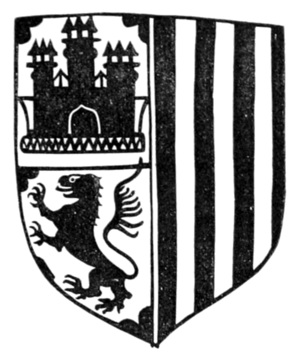that they are the arms of Eleanor, daughter of Pedro IV. King of Arragon, and queen of John I. King of Castile and Leon. This princess was married 1375 and died 1382, between which dates it is most likely that this dish was made. It is not improbable that our specimen may have been made in the Balearic Isles, then under the dominion of Arragon, as it is from one of them, Majorca, that the Italian Majolica derived its origin and name.
In concluding this inventory, I will here venture to call the attention of arhæologists to some branches in which the National Collection is most deficient, viz,: stone implements found in England or Wales, British urns, and Saxon antiquities of every kind, especially glass vessels.
It is very unsatisfactory, on looking over the early Minutes of the Society of Antiquaries, or volumes of the Archæologia, to note how few of the more interesting objects there described are now to be found. Whether it is owing to neglect, or fire, or any other casualty, that they have disappeared, it matters not to the archæologist, they are equal]y beyond his reach. It is in a public Museum alone that such things can be safely preserved or easily consulted.
AUGUSTUS W. FRANKS.
British Museum, March, 1854.

